Exercise in the postpartum period is helpful to regain your shape, increase your energy levels, lift your mood and give you the strength required for your new job of mothering.
Your new role will involve a lot of lifting, carrying, pushing, getting up from chairs and the floor, and holding for feeding.
Exercise at your weakest link
As your body is recovering after pregnancy and childbirth it is always important to exercise at the level of your weakest link. This may be your pelvic floor muscles, or it might be your abdominal muscles if you have an abdominal separation or are recovering from a caesarean.
Just as an athlete understands that they must return to training slowly after injury, you too must accept that your body needs time to repair internally after childbirth and you will need to begin exercising gradually.
When considering exercise after pregnancy and birth, you need to take into account a number of factors and changes that maybe affecting your body.
Firstly, your ligaments and muscles will be soft from the effects of the pregnancy hormones and from being stretched to accommodate your developing baby.
Common Issues
Common musculoskeletal issues in the postpartum period include abdominal separation, pelvic girdle pain, coccyx pain and wrist pain.
Don’t underestimate these as risk factors for injury as you begin exercising after childbirth.
The natural process of ligaments and muscles returning to their normal length and strength can take 12 weeks to complete. So, take care of your joints when you exercise during this time.
You can aid in the recovery of these muscles and ligaments during the first 3 months by performing early low impact postpartum exercises such as those in our postnatal exercise video, and avoiding high impact exercise such as running, skipping and jumping.
If a separation (diastasis) of your abdominal muscles are present, avoid straining the abdominals with exercises such as traditional crunches and planks, until the separation is reduced.
As your muscle strength improves you will be able to do more. Sometimes the process of recovery can take longer and require specific exercises to regain function and strength. Seek the advice of a trained women’s health physiotherapist or personal trainer for an individual program.
Get an Assessment
The stress and strain on the pelvic floor from pregnancy and vaginal delivery means it is in a vulnerable state during the early postpartum period. I recommend an assessment from a pelvic health physiotherapist, including a pelvic floor muscle examination, within the first 6 weeks postpartum and before commencing an exercise program.
Symptoms of a weak pelvic floor
Symptoms of a weak pelvic floor may include incontinence, vaginal heaviness, dragging or bulging, and poor control of flatulence. Take care of the pelvic floor by engaging the muscles before an exercise and remember always exercise at the level of your weakest link.
Written by: Hillary Schwantzer, Women's Health Physiotherapist
Our Products
-
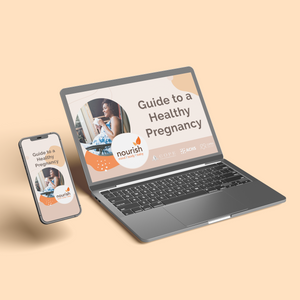
01. Guide to a Healthy Pregnancy
$55 -
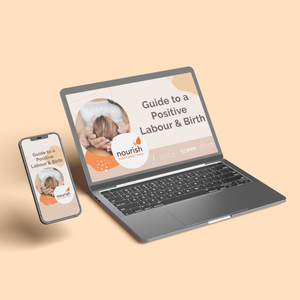
02. Positive Birthing Course
$55 -
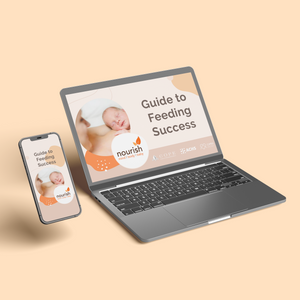
03. Infant Feeding Guide
$55 -
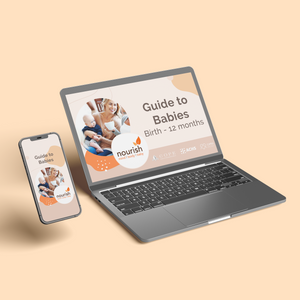
04. Baby Sleep Guide - First 12 Months
$55 -
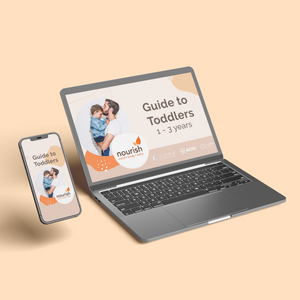
05. Toddler Parenting Course 1 - 3 Years
$55
-
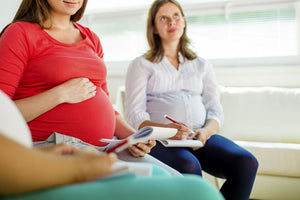 When to Start Antenatal Classes?
When to Start Antenatal Classes?
Becoming a parent is an incredible milestone, but it comes with a host of changes that can be daunting, especially for first time parents. Antenatal classes are all about offering expectant parents the education they need to make informed decisions, look after their bodies and care for their newborn babies. While you probably already have a long list of things you need to accomplish during your pregnancy, it’s a good idea to make time to attend antenatal classes.
-
 Development Milestones 4-8 Months
Development Milestones 4-8 Months
As they reach the middle of their first year, you'll start to see bigger leaps in their growth and ability!
In this article, we’re going to discuss your baby’s developmental milestones between 4-8 months, and what you can expect along the way.





 When to Start Antenatal Classes?
When to Start Antenatal Classes?
 Development Milestones 4-8 Months
Development Milestones 4-8 Months








